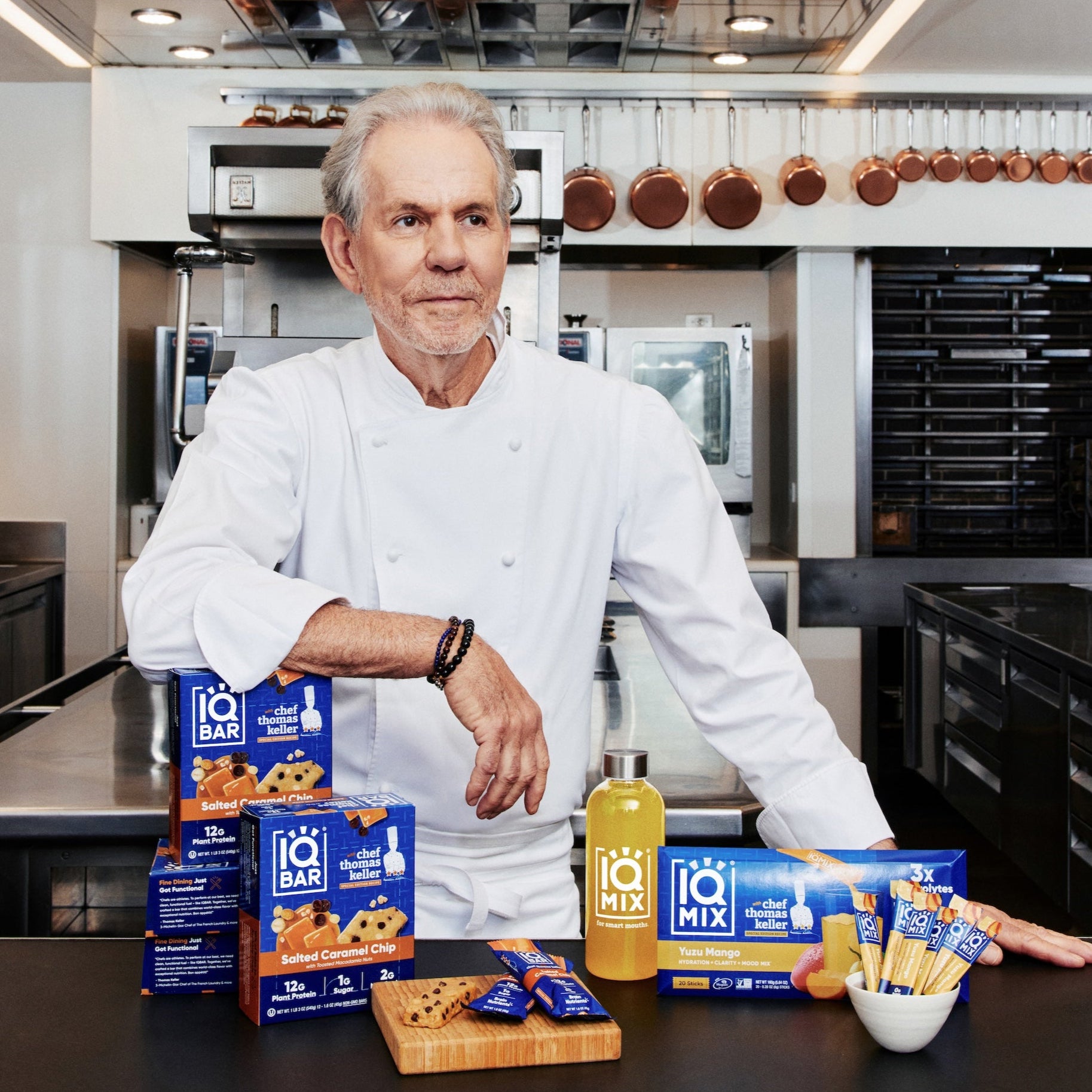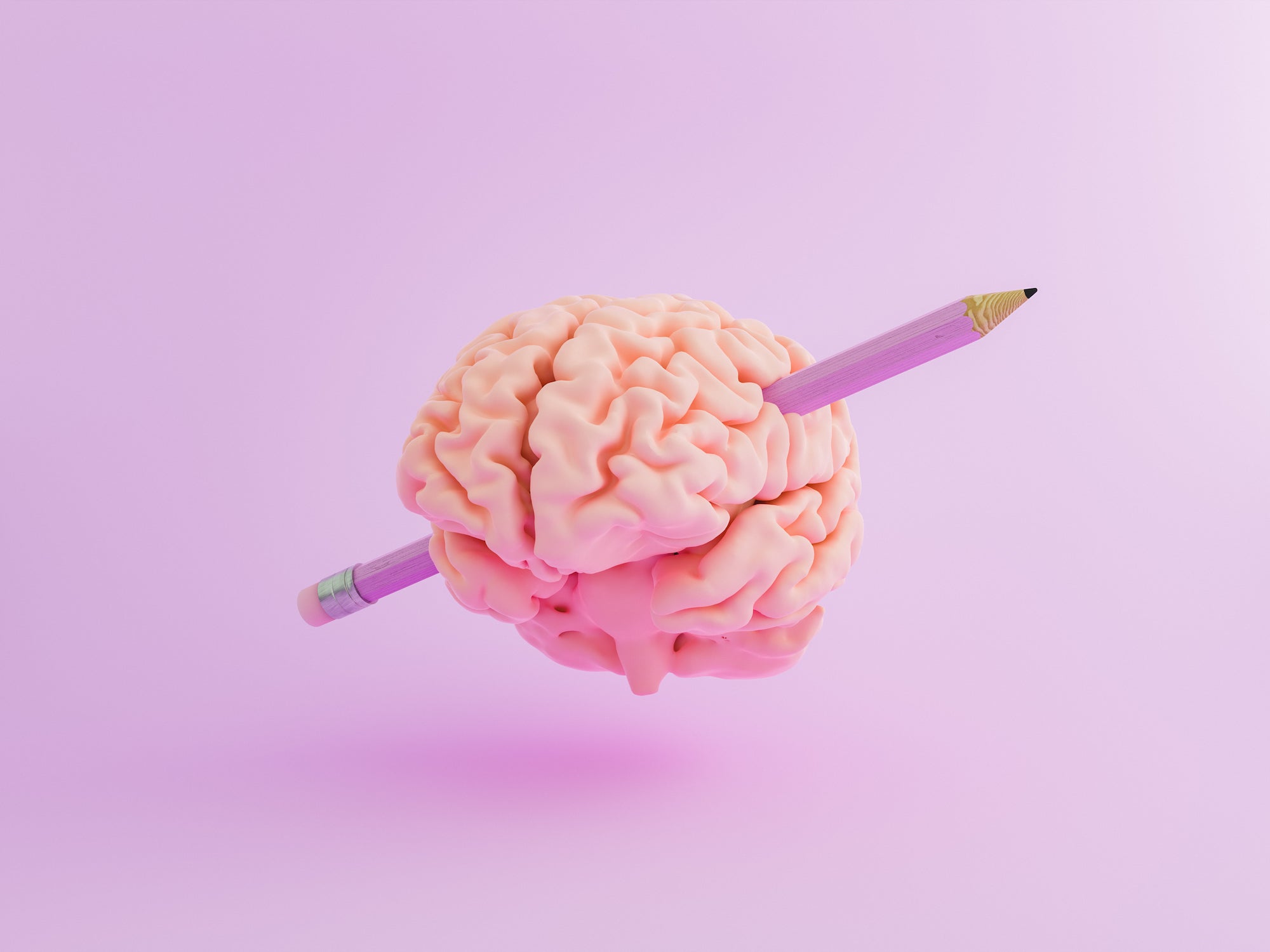Fluids and electrolytes are critical for our survival and functioning. They steer almost all vital bodily processes, from maintaining heart rhythm and nerve functions to balancing pH and water levels.
Rehydration, the process of restoring this delicate balance when disrupted, is more complex than just replenishing with water. It involves the careful reintroduction of both fluids and vital electrolytes back into our systems.
In this article, we’ll explore fluid balance, the role of fluids and electrolytes in hydration, and strategies for effective rehydration, shedding light on the path to optimal health and performance.
What Is Fluid Balance in the Body?
Fluid balance in the body refers to the delicate equilibrium between the intake and output of water.
Maintaining fluid balance is the goal of healthy hydration, but it’s not just about quenching thirst. It’s also about supporting vital bodily functions that sustain your health and life, including:
- Keeping your blood flowing smoothly through your blood vessels
- Keeping your brain floating in cerebrospinal fluid
- Keeping your skin moist
- Helping your body cool down with sweat
- Keeping your eyes lubricated with tears
The human body constantly works to maintain a precise balance of fluids, mainly through the mechanisms of thirst and urination. When fluid levels are low, the brain triggers thirst, while the kidneys conserve water by concentrating urine. When fluid levels are high, the kidneys excrete more water through urine to restore balance.
The Importance of Electrolytes
Hydration requires more than just water. Electrolytes, such as sodium, potassium, and magnesium, are also needed. These minerals carry an electric charge that powers a variety of bodily functions, including regulating heart and muscle function, enabling nerve impulses, and maintaining fluid balance.
Changes in fluid levels can impact electrolyte concentrations and vice versa.
What Causes Fluid and Electrolyte Imbalances?
Fluid and electrolyte imbalances can be triggered by a variety of factors, ranging from lifestyle choices to underlying health conditions. Here are some common causes:
- Dehydration: Dehydration can occur due to inadequate fluid intake, excessive sweating (for instance, due to hot weather or physical exertion), severe diarrhea, or vomiting.
- Overhydration: Also known as water intoxication, occurs when you consume water faster than your kidneys can eliminate it, leading to a dilution of electrolytes in your blood.
- Health conditions: Certain health conditions, such as kidney disease, liver disease, and diabetes, can disrupt fluid and electrolyte balance.
- Certain medications: Some drugs, including diuretics, corticosteroids, and some chemotherapy drugs, can interfere with the body’s fluid and electrolyte balance.
- Low-carb diets: On low-carb diets like paleo and keto, lower insulin levels promote increased sodium excretion by the kidneys, leading to potential fluid and electrolyte imbalances.
- Whole-food diets: Whole-food diets are naturally low in sodium, as they eliminate salty processed foods. Long-term maintenance of a whole-food diet can lead to sodium deficiency.
Signs of Dehydration
Dehydration occurs when your body’s water loss exceeds its water intake. This imbalance disrupts normal bodily functions and can lead to various symptoms, including:
- Increased thirst
- Dry mouth
- Decreased urine output
- Fatigue or Dizziness
- Headache
- Lack of tear production
- Confusion or irritability
- Rapid heart rate or breathing
Should you exhibit signs of severe dehydration, like an accelerated heartbeat, quickened breathing, or mental confusion, it’s critical to promptly seek professional medical assistance, as this degree of dehydration can be life-threatening. Under such circumstances, rehydration with intravenous fluid replacement might be required.
Tips for Effectively Rehydrating
The goal of effective rehydration is to restore proper fluid balance in your body. And how do you do that? Here are our top tips:
#1: Drink to Thirst
Drinking water to thirst is the best way to stay hydrated and rehydrate. Easy enough, right? Following your inherent thirst signals ensures you take in the amount of water you need without drinking too much. Remember, drinking more water than you need can be dangerous, as it can deplete your electrolyte levels.
#2: Salt Your Food
Salting your food is a simple and effective way to boost your intake of sodium and chloride—essential electrolytes for fluid balance and nerve function. Don’t be afraid to sprinkle a little extra on your food, especially if your lifestyle or diet leads to increased electrolyte loss.
Aim for a daily intake of 4-6 grams of sodium. This might sound high, but research has shown that this range is linked to a lower risk of heart attack and stroke than the sodium intake in line with government recommendations (2.3 grams daily).[*] Plus, sodium is a crucial part of the hydration equation.
#3: Consume Lots of Leafy Green Veggies
Leafy greens like spinach, kale, and Swiss chard are packed with essential electrolytes, including potassium, magnesium, and calcium. These veggies are also low-carb and suitable for keto or paleo diets. Enjoy them in various dishes, from salads to soups, for a balanced electrolyte intake.
#4: Evaluate Your Lifestyle
Depending on your daily activities and dietary habits, such as adhering to a whole-food or low-carb diet, engaging in regular exercise, or frequent sauna use, your electrolyte requirements may be higher than average. It’s essential to adjust your electrolyte intake to match your lifestyle needs.
#5: Boost Your Intake of Water-Rich Foods
Consuming foods high in water content, such as cucumbers, berries, watermelon, and broths, can contribute to rehydration. These foods are not only hydrating, but also provide essential minerals. Avoid fruit juice, though, as it’s high sugar content and lack of fiber can cause massive blood sugar spikes.
#6: Hydrate with Electrolyte-Infused Water
Simply put, the recipe for hydration is drinking water (to thirst) and taking in adequate electrolytes. To achieve both these goals in tandem, consider electrolyte-infused water, which not only quenches your thirst but also replenishes vital electrolytes.
Electrolyte supplementation with a product like IQMIX hydration mixes is an excellent choice, providing a balanced blend of essential electrolytes (sodium, potassium, and magnesium) in a convenient, tasty format. Simply pour a packet of IQMIX into a glass of water to create an instant oral rehydration solution.
IQMIX is ideal for those with diabetes or those following a low-carb diet, as it contains zero sugar and only 3 grams of carbs per packet. Compare that to your typical 16-ounce sports drink, which contains between 28 and 38 grams of added sugar—equal to about 7 to 10 teaspoons! Learn more about why hydration drinks don’t need to contain glucose (sugar) to be effective here.
IQMIX comes in various flavors, including Lemon Lime, Blood Orange, Peach Mango, and Blueberry Pomegranate. Also, don’t miss our new limited edition 20-Stick Tropical Pack!
A Final Word on Rehydration
Maintaining the right balance of fluids and electrolytes is critical for your body to function optimally. You can efficiently sustain this balance through regular hydration, wise food choices, and understanding your individual needs. Cheers!
Written by Katie Koschalk, a health and wellness writer, certified holistic nutritionist, and certified personal trainer based in California.




